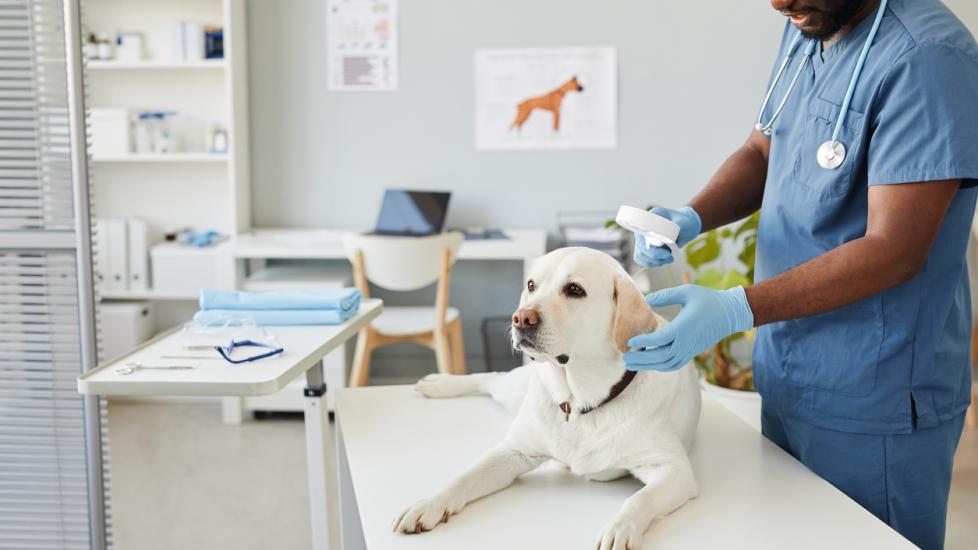Title: Unraveling the Mysteries of Canine Lymphoma: Understanding, Prevention, and Treatment
Introduction:
In the world of canine health concerns, lymphoma stands as a formidable adversary. This cancer, characterized by an abnormal proliferation of white blood cells known as lymphocytes, is one of the most common types of tumors found in dogs. It affects multiple organs within the body, including the lymph nodes, bone marrow, spleen, liver, and intestines. As pet owners and animal enthusiasts, it’s crucial to understand this disease so we can better care for our furry companions and support them through their battles with illness. Let us delve into the intricacies of canine lymphoma, exploring its symptoms, causes, prevention methods, treatment options, and the vital role that early detection plays in improving outcomes.
Symptoms:
The insidious nature of lymphoma often makes it challenging to detect at an early stage. However, certain signs may indicate the presence of the disease. These include lethargy, loss of appetite, unexplained weight loss, swollen lymph nodes, vomiting, diarrhea, abdominal distension, and sometimes even seizures or neurological issues if the brain is affected. Regular check-ups with your veterinarian are essential for identifying these subtle changes before they progress too far.
Causes:
While the exact cause of lymphoma in dogs remains elusive, several factors have been associated with an increased risk. Certain breeds seem particularly predisposed to developing the condition, such as golden retrievers, boxers, Rottweilers, Bernese mountain dogs, and Doberman pinschers. Older age also increases susceptibility; the average onset typically occurs between 6 and 12 years old. Environmental exposures (like pesticides), immunosuppressive drugs, chronic inflammation, and genetics might play contributing roles as well.
Prevention:
Since the root causes aren’t fully understood, absolute prevention isn’t guaranteed. However, there are steps you can take to reduce the likelihood of your dog developing lymphoma. Feeding high-quality diets rich in antioxidants and omega-3 fatty acids has shown promise in warding off various cancers. Maintaining a healthy weight through regular exercise helps keep hormones balanced and reduces stress on the body’s systems. Additionally, avoiding unnecessary exposure to toxins and providing mental stimulation can contribute to overall wellness. Most importantly, schedule routine vet visits where your dog receives thorough physical exams and necessary vaccinations. Early intervention is key!
Treatment:
Once diagnosed, lymphoma is treatable but not curable. The primary goal becomes managing the disease effectively enough to extend quality life expectancy. Chemotherapy is frequently employed due to its ability to shrink tumors and slow progression. Radiation therapy may be used selectively when targeting specific areas affected by tumors without widespread metastasis. Stem cell transplants offer another potential avenue for some cases where appropriate facilities exist and financial considerations permit. Your veterinary oncologist will work closely with you to design an individualized treatment plan tailored to your dog’s unique needs and circumstances.
Conclusion:
Canine lymphoma is complex yet conquerable—with knowledge being among our greatest allies against it. By staying informed about symptoms, risks, preventive measures, and therapeutic strategies available today alongside ongoing research developments tomorrow—dog owners empower themselves towards making smarter choices regarding their pets’ healthcare journeys from diagnosis forward. Remember always: every moment spent nurturing love between human beings & beloved beasts enriches lives immeasurably—even amidst challenges like fighting cancer together side by side!
